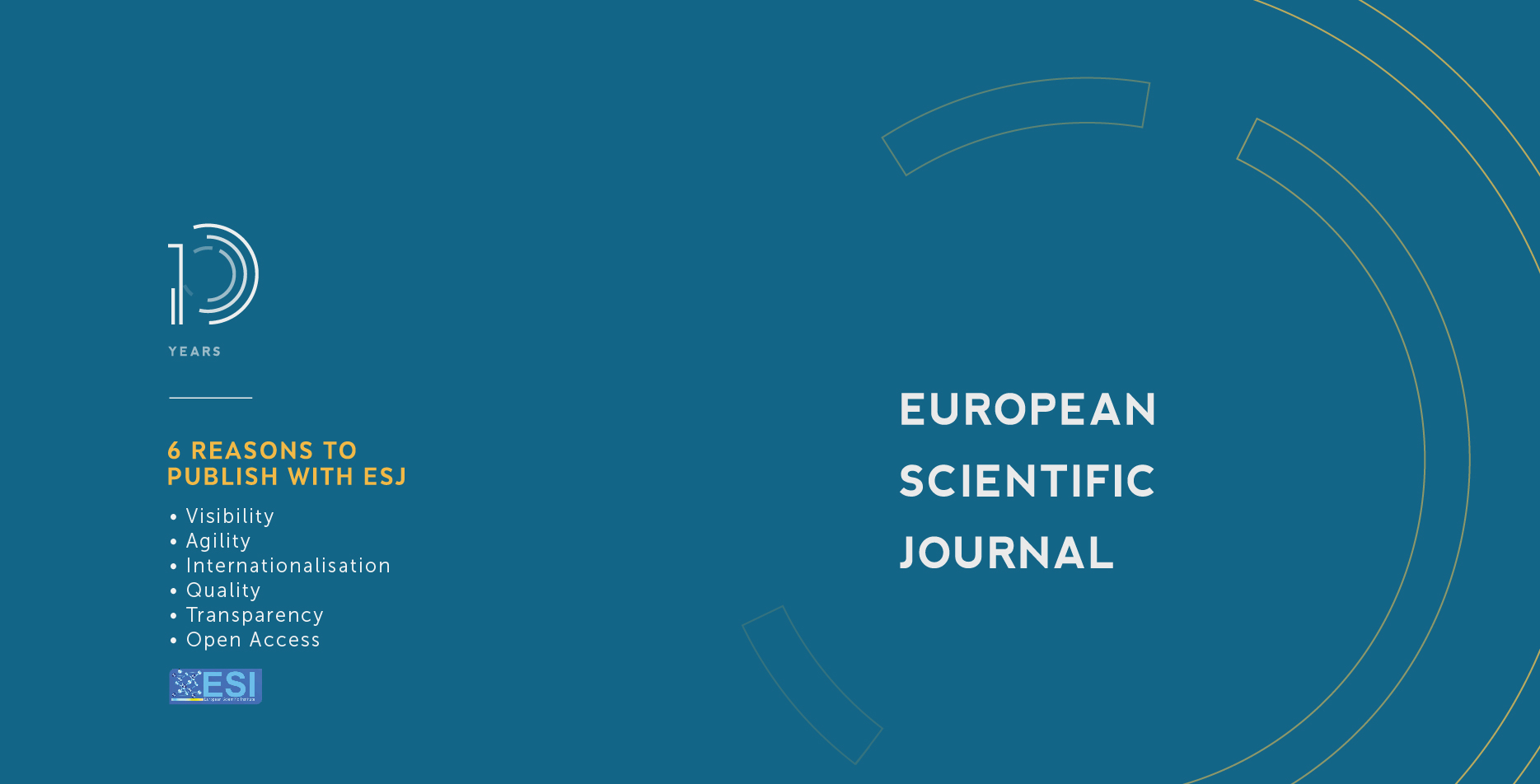Apport Des Nappes Profondes À L’amélioration De La Desserte En Eau De Consommation Dans Le Bassin Versant Du Kan (Côte d’Ivoire)
Abstract
Connaître les zones favorables pour l’alimentation en eau potable dans les régions en quête est une nécessité pour anticiper ce que pourraient être les conséquences sur les sociétés de ces régions. Cet article a pour objectif de contribuer à l’identification des zones potentielles favorables dans le bassin versant du Kan. Pour y parvenir une méthodologie de SIG couplée à l’analyse multicritère et les tests statistiques de détection des différentes ruptures dans les séries chronologiques hydropluviométriques ont été adoptés. Les tests statistiques (Tests de Hubert, de Pettitt et de Lee et Higehnian) ont montré une baisse des hauteurs pluviométriques et hydrométriques respectivement dans les stations de Tiébissou (- 6,76 % en 2014 et - 12,22 % en 1976), de Yamoussoukro (+ 6 % en 1993 et - 6,21 % en 1980) et de Dimbobro (+ 2,06 % en 2001 et - 8,72 %) excepté la station de Bouaké (+ 13 % et + 43,91 % en 1993). La structuration de données (images satellitaires, données de forages, géologiques, hydrographiques, etc.) majoritairement obtenues à partir des nouvelles technologies de la géomatique a permis de mettre en place une base de données géospatiales d’analyse. Les zones de socle favorable à l’implantation des forages manuels sont dominées par les classes de l’ordre de bonne et excellente avec un pourcentage de 75 % sur le bassin. Le couplage des zones à potentialité aquifère Excellente et Bonne aux fractures et croisements de fractures productifs met en évidence les sites les plus convenables à l’implantation des futurs forages productifs.
A good understanding of the areas suitable as a source of drinking water in the region is of significant importance in anticipating the consequences that might be faced by the societies in these regions. This paper aims to contribute to the identification of suitable potential areas in the Kan watershed. To achieve this, a GIS methodology coupled with multicriteria analysis and statistical tests for the detection of different breaks in the hydropluviometric time series were adopted. Statistical tests (Hubert, Pettitt and Lee, and Higehnian tests) showed a decrease in rainfall and hydrometric heights respectively in the Tiébissou station (- 6,76 % in 2014 and - 12,22 % in 1976), Yamoussoukro station (+ 6 % in 1993 and - 6,21 % in 1980), and Dimbobro station (+ 2.06 % in 2001 and - 8,72 %). The Bouaké station (+ 13 % and + 43,91 % in 1993) was however excluded. The structuring of data (satellite images, drilling, geological, hydrographic data, etc.) mainly obtained from new geomatics technologies has made it possible to set up a geospatial database for analysis. The base areas favourable to the installation of manual drilling are dominated by classes of the order of good and excellent with a percentage of 75 % on the basin. The coupling of the zones with Excellent and Good aquifer potential to the fractures and crossings of productive fractures highlights the most suitable sites for the siting of future productive boreholes.
Downloads
Metrics
PlumX Statistics
Copyright (c) 2020 Kouassi N’Guessan Fabrice, Diomande Beh Ibrahim, Fossou Jean Kouadio

This work is licensed under a Creative Commons Attribution-NonCommercial-NoDerivatives 4.0 International License.








